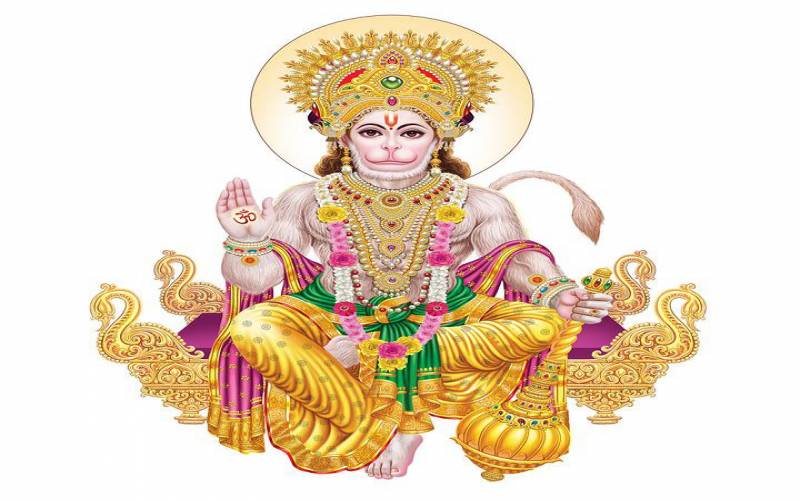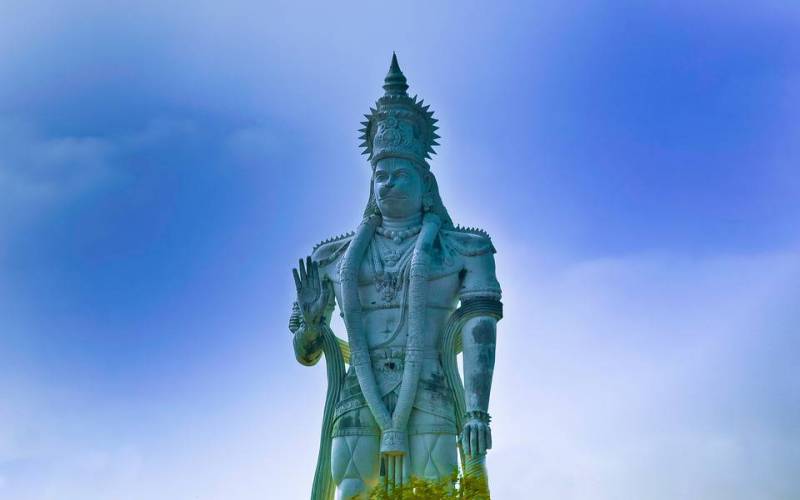Hanuman Jayanti Festival, India
Hindus all throughout the world visit temples in the spring and apply sindoor, a crimson pigment, to their foreheads. The yearly Hindu festival of Hanuman Jayanti, also known as Hanuman Janam-Utsav, includes this ceremony. Hanuman Jayanti falls on a different day every year and in different parts of India. Lord Hanuman's birth is commemorated on Hanuman Jayanti.
This event is traditionally celebrated in South India during the Margazhi month of Moola Nakshathram, as that is when Hanuman is said to have been born. Hanuman Jayanti is observed in Telangana and Andhra Pradesh from Chaitra Purnima to the tenth day of Krishna Paksha in the month of Vaishaka. The holiday is observed in Maharashtra on the full moon day of the Chaitra month.
Hindus take a holy bath early in the morning on Hanuman Jayanti and either visit temples dedicated to Hanuman or perform puja at home if they have a shrine dedicated to Hanuman. The Hanuman Chalisa is read to ward off evil spirits and bring mental tranquilly to people who read or listen to it. People put crimson powder to their brows in remembrance of Hanuman's entire body being coated in sindoor to ensure Rama's immortality.
As portrayed by Rama and Hanuman, the colourful event honours humanity's coexistence with nature's species. Hanuman is also known as the 11th Rudra avatara of the great god Shiva, and as a symbol of devotion, strength, magical powers, and energy. Many Hanuman worshipers hope to be endowed with the same bravery, wisdom, and loyalty that Hanuman possessed.
Regardless of the various interpretations of the Ramayana, Hanuman is regarded as the epitome of loyalty and devotion. At Hanuman temples, these great qualities are celebrated all year and given special attention during Hanuman Jayanti.






